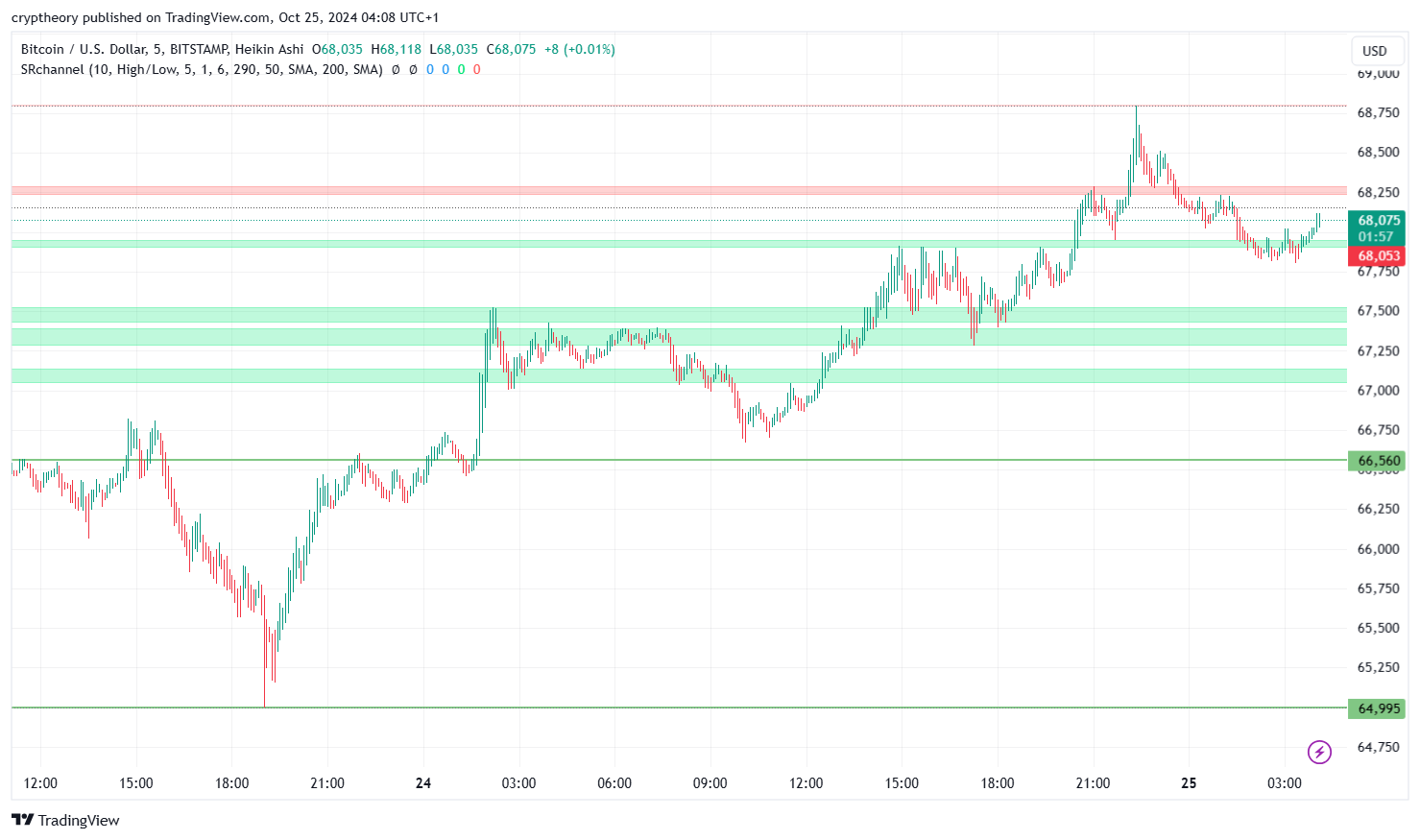If you’re stuck in lockdown and out of sync with the world of dating and romance, it’s moving fast: NFT wedding rings are now a (virtual) reality.
Yep, you read that correctly. Two Coinbase employees have etched their marriage on ETH’s distributed ledger.
Coinbase principal security engineer Peter Kacherginsky and staff product designer Rebecca Rose took love into Web 3.0 when they exchanged “virtual rings” on the blockchain.
Most people get married in a place of religious worship, on a beach, or in the mountains. Peter (@_iphelix) and I are NOT most people. We got married on the #blockchain. 1/7 pic.twitter.com/2ExexrlLbZ
— Rebecca Rose (@rgoldilox) April 2, 2021
In addition to having a traditional Jewish ceremony, the couple, from San Francisco, exchanged non-fungible tokens on March 14 this year.
Their token, called ‘Tabaat’’—Hebrew for ‘ring’—is a two-of-a-kind token. Peter drafted its smart contract and the ring image itself was animated by artist Carl Johan Hasselrot.
The logic makes sense: real engagement rings are non-fungible and irreplaceable because of their sentimental value, so the NFT tokens fulfill the same purpose.
How permanent is blockchain love?
Peter and Rebecca chose to exchange tokens as symbols of their love because they both believe in blockchain’s aptness as a symbol of incorruptibility.
As Rebecca crooned: “For us, the images of digital rings hidden inside these #NFTs will show up in our cryptocurrency wallets as a constant reminder of the permanent bond they represent.”
For us, the images of digital rings hidden inside these #NFTs will show up in our cryptocurrency wallets as a constant reminder of the permanent bond they represent. 6/7 pic.twitter.com/OOFtRFJzY7
— Rebecca Rose (@rgoldilox) April 2, 2021
The animations in the couple’s crypto wallets are the off-chain counterparts to a bond between them that outlasts even death.
The blockchain on which Rebecca and Peter recorded their marriage has been stamping transactions since 2015. To corrupt their vow, Peter or Rose would have to commandeer 51% of the computing power on the network.
On Decrypt, we’re constantly covering NFTs as digital art and collectibles. But as Rebecca and Peter have proven, anything can be tokenized and sold. The ‘Overly Attached Girlfriend’ meme sold recently for almost half a million dollars, and Twitter creator Jack Dorsey tokenized his first tweet, the first tweet ever, and sold it for $2.9 million.
Whatever next?























